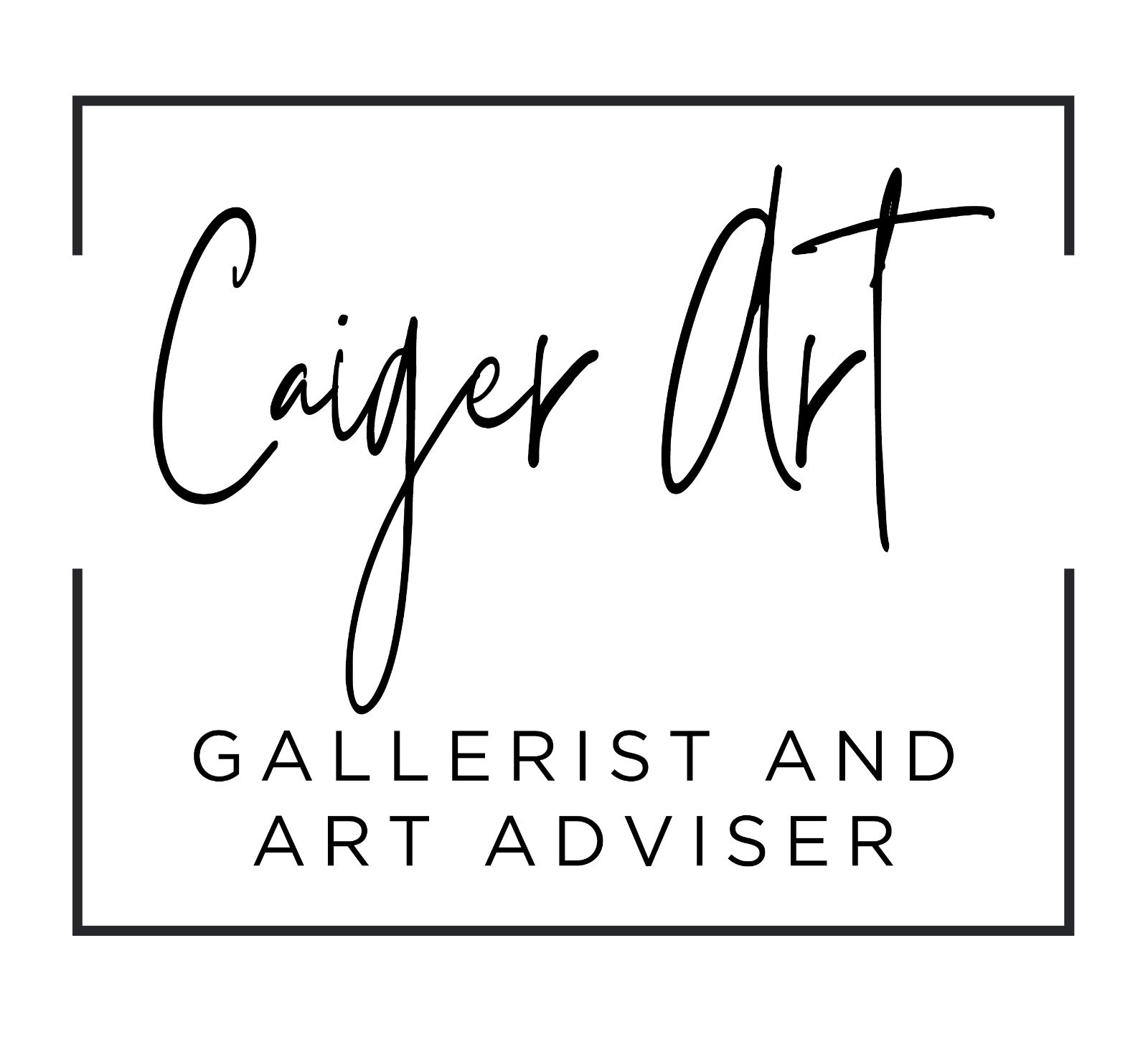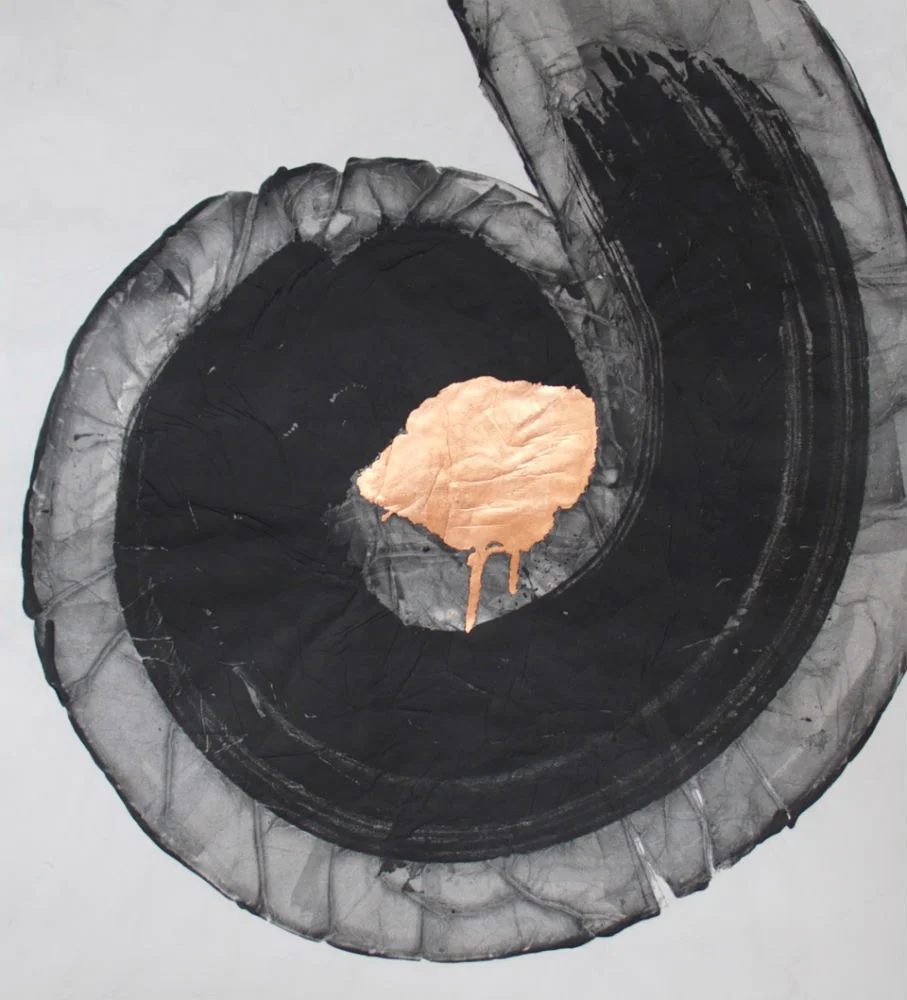It Cannot Be Held By Rod McIntosh
Rod McIntosh in his studio
Rod McIntosh
Rod is an artist with his studio in rural Kent. He works between Kent and London as an exhibiting artist and consultant to the creative industries. Having studied sculpture in Sheffield, graduating in 1992, he has maintained a dynamic practice alongside a successful Arts Management career. His work has transformed from figurative sculpture with a medico-anthropological starting point to works with what at first appears a minimal subject other than materials, processes and an exploration of a visual language of marks.
As a mark maker he lies within a tradition of drawing and recording his experience of the world, his travels, relationships and sense of self.
He is also a creative facilitator, providing bespoke training across educational and business environments, he lectures and writes about artists professional practice.
McIntosh’s process and methods developed as rules that slowly became a habit or creative ritual. It was as much about defining himself. What kind of artist was he as to the work he wanted to make?
The choice of materials evolved through this journey. His desire to maintain a strong integrity within his work directed him to learn the recipes for gesso (this was not taught on a sculpture degree) where he found the physical, tactile, step-by-step method reassuring – it was a nod to his “maker” roots as he felt he could truly construct his works. Continued research into the history of mark-making pointed to an honesty that he chose to draw with. The pigments became purer: Indian or Chinese ink (that he often grinds himself), graphite, charcoal dust, mixed with a binder of either water, oil, egg or rice paste starch. He says; “I wanted as much control of the provenance of the materials as I could get.”
His creative enquiry paralleled that of a colour scientist’s: He pursued a pigment with the smallest possible particle size, as it was not enough for his marks to sit on the surface of the ground; he desired them to be within it and bond with it.
The ‘enso’, zen circle is a recurrent motif from his studio activities. The pursuit of a perfect circle in a single brush stroke is a meditative practice amongst his arriving at his studio rituals; “I first make the mark with a dry brush. I perform the gesture repeatedly to create muscle memory for this specific body movement. After rehearsing with a wet brush on newspaper, I commit to using ink on cartridge only once I am happy to both make the mark in the pursuit of ‘perfection’ whilst accepting it as it appears. Blots, drips and idiosyncrasies.”
The final mark on rice paper or gesso is a unique moment of action. A record of a pause in judgement: a solitary open form and a complete whole at the same time


